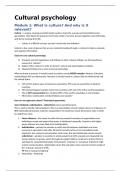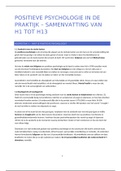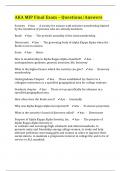Resume
Summary ALLE tentamenstof culturele psychologie (9.0 gehaald)
- Cours
- Établissement
Dit is een samenvatting van alle tentamenstof van het vak culturele psychologie. Dit vak wordt in het Engels gegeven en ook je tentamen zal volledig in het Engels zijn. Daarom is deze samenvatting dan ook in het Engels geschreven, dit omdat je alle begrippen ook in het Engels zal moeten kennen. Wel...
[Montrer plus]












